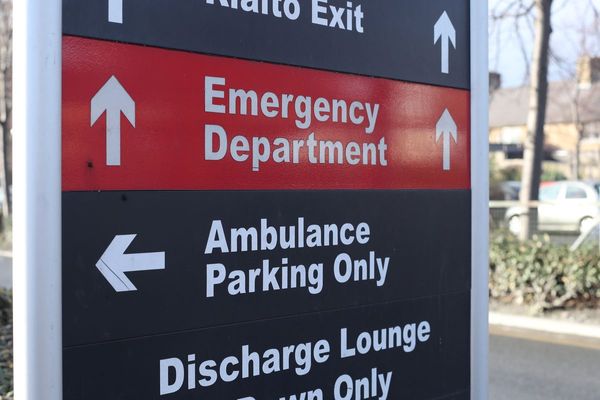
U.S. household debt has been rapidly increasing over the past five years, increasing by $2.9 trillion between 2019 and 2023 alone due to a number of overlapping challenges and crises. Post-pandemic inflation, interest rate hikes, rising housing costs, and the mounting student loan crisis have created an unstable financial pressure cooker, and Americans are increasingly using credit cards to help keep them afloat.
When adjusted for inflation, 2024 first quarter debt levels are slightly lower than those at the onset of the Great Recession in the fourth quarter of 2008. Still, many consumers are feeling the squeeze, as 8.9% of all credit card balances and 7.9% of auto loans were converted into delinquency over the past year—the highest rate since 2010.
Related: The average American faces one major 401(k) retirement dilemma
The total number of credit card delinquencies increased a staggering 50% during 2023, signaling that U.S. consumers are increasingly unable to manage their debt payments. While credit cards may seem like a lifeline during times of hardship, they are the most expensive way to borrow money.
According to Bankrate’s 2024 interest rate forecast, the average credit card has an interest rate of around 21%, as opposed to the more manageable rates of 5-8% offered for mortgages, home equity loans, and auto loans.
Although credit card debt is a considerable factor of personal debt, mortgage debt has also fueled the fire of U.S. household debt.
Household debt is reaching new heights
The Federal Reserve Bank of New York recently published the 2024 first quarter update of its Quarterly Report on Household Debt.
The findings showed that total U.S. household debt — increased by 1.1% to $17.69 trillion in the first quarter of 2024. This is a jump of $184 billion from 2023 fourth quarter debt, a sign that financial struggles are here to stay for the foreseeable future.
Americans’ aggregate credit debt dipped slightly by $1.115 trillion in the first quarter of 2024, just shy of the historic $1.129 trillion recorded in the fourth quarter of 2023 — the highest balance recorded since the Fed started tracking credit card debt in 1999. However, credit card debt has historically dropped in the first quarter of each year, meaning that the 2024 second quarter credit card balance will likely see yet another increase.
More on personal finance:
- How your mortgage is key to early retirement
- Social Security benefits report confirms major changes are coming
- The average American faces one major 401(k) retirement dilemma
In addition to increased card delinquencies, mortgage balances increased $190 billion in the first quarter of 2024, totalling $12.44 trillion by the end of March. Housing Equity Lines of Credit (HELOC) balances also increased by $16 billion to a total of $376 billion. While this total looks modest when compared to mortgage and credit card debt totals, it signifies a steady two-year increase after ten years of decline.
Mortgage debt typically makes up the lion’s share of household debt totals, and with rising housing prices and mortgage rates, it will likely continue to do so going forward.

Getty Images
Credit card debt levels by location
The amount of personal debt consumers carry is based on many variables: income, expenditure, and location, to name a few. Since the Federal Reserve Bank has reported that 47% of credit card holders carry a balance on a credit card for at least one month, it’s safe to say that credit card debt is top of mind for consumers nationwide.
Related: How average Americans can better plan for 401(k), retirement income
The states with the highest average credit card debt are aligned with those with high costs. Credit cardholders in New Jersey had the highest debt balance, averaging over $8,900 in the fourth quarter of 2023. Connecticut, Maryland, New York, and Massachusetts closely followed, with similar average credit card balances.
While almost all states with the highest balances are located in the Northeast, most states with the lowest average credit card debt are in the South. Mississippi holds the lowest average credit card debt at $4,956, meaning New Jersey’s balance is 80% higher.
However, Oregon has the fastest-growing credit card balance, growing 7.8% between the third and fourth quarters of 2024.
Bankrate’s senior industry analyst, Ted Rossman, suggests switching to an interest-free balance transfer credit card, which can “pause the interest clock for up to 21 months.” Due to how easily credit card debt can spiral out of control and ruin credit scores, Rossman recommends prioritizing paying down credit card debt as much as possible.
Related: Veteran fund manager picks favorite stocks for 2024







